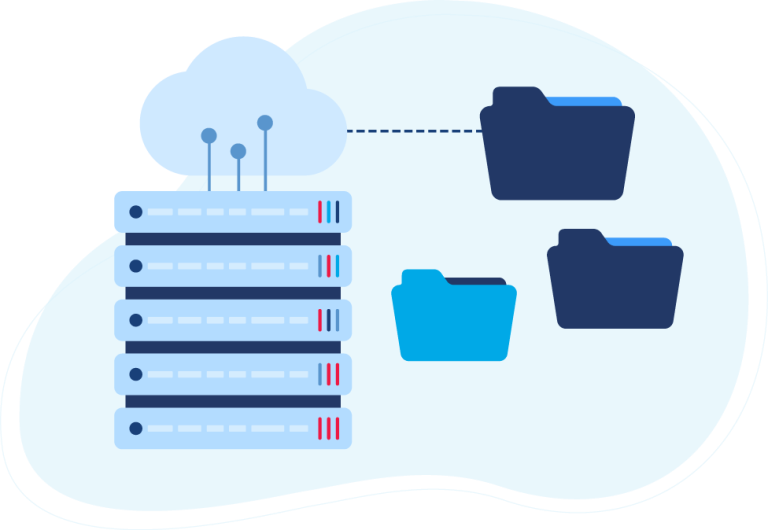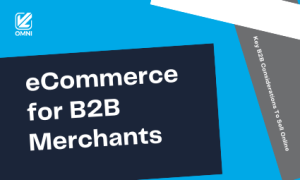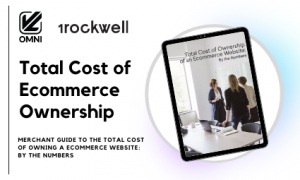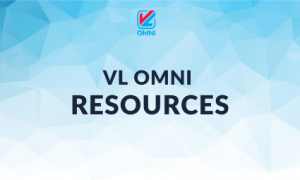When it comes to business-to-business (B2B) sales, you want your customers to have the best experience possible. This can impact everything from long-term retention to your industry reputation. eCommerce businesses are seeking to enhance their customer experience by providing a sales portal for B2B consumers.

Image Source: Pexels
What is a B2B Portal?
This is an online tool within your website or app giving customers a dedicated space to engage with your business. It provides easy access to your product range, lets users track their account interactions, and engage with loyalty-driven promotions. It also allows your sales staff and marketing team to interact with B2B consumers — as well as suppliers and distributors — in a more agile and efficient way.
However, this isn’t suitable for all companies. Indeed, for some business models giving consumers access to their own sales portal can overcomplicate matters.
Let’s take a look at some of the aspects you should consider before diving into providing a B2B sales portal.
The Pros of B2B Portals
As part of deciding whether a sales portal is right for your company, it’s important to explore whether the prevalent advantages mesh with your specific goals and challenges. Some key pros include:
1. Access to Information
A sales portal gives customers access to a lot of useful information they can use to inform their choices. This includes previous invoice data, digital user manuals that are relevant to the products they’ve interacted with, and return arrangements. They don’t have to chase after the service they need either to interact further or to update their business records. In fact, it’s all there in a convenient, personalized space.
In fact, a recent study found that 36% of businesses are doing more online purchasing to increase the efficiency of the process. Providing them with all the information they need plays into this.
2. Self-Service Approach
While maintaining relationships with your B2B customers is important, it’s also vital to understand it is not convenient for them to have to engage with a staff member every time they need something from your company. A sales portal puts the control largely into the hands of the consumer, even integrating with automated shipping they can track from end to end.
However, there is a fine balance to achieve in this as you don’t want customers to feel abandoned. As such, it’s important to gain an understanding of what your consumers want from a sales portal by doing some user experience research. Holding a user experience workshop can help your team gain insights into what pain points users come across during their customer journey. You’re then able to establish where a sales portal should lean into self-service and where you should provide points of support.
The Cons of B2B Portals
The potential for offering customers access to a sales portal can have challenges. Many of these are not necessarily insurmountable, but it’s important to bear these in mind so you can make informed decisions.
Some of the cons include:
1. User Buy-In
While you might consider a sales portal to be a great tool for customer relationships and efficiency, the fact of the matter is you still need to convince your B2B customers to engage with it. You’ll be putting a significant amount of time, energy, and resources into developing the platform.
As such, success requires putting even more of the same into encouraging its use with B2B customers who don’t have a lot of time to spare learning how to use a new platform. This isn’t always easy and can involve some trial and error that could see your clients drifting away from you if mistakes are made.
2. Supervision Requirement
Don’t treat the portal as a fully automated tool. While it can be more efficient, it is not something you can just leave to its own devices. There needs to be a certain amount of human supervision and this can be complex to get right. When introducing any kind of software solution, your key to success is ensuring the workflow between departments is designed to enhance the customer experience. The workflow most relevant to a sales portal is between the customer support and customer success departments.
You have to make sure that not only can consumers access support when they have issues, but also that there are protocols for communication and collaboration between the departments to make certain there aren’t elements to disrupt the relationship. While these are positive safeguards to incorporate, in this way a sales portal might add additional complications and work into the mix.
Other Considerations
Pros and cons can help to guide your decisions, but they’re not the be-all and end-all. There will be elements that fall into grey areas. They’re usually not deal-breakers but they are important to bear in mind as they help you to understand whether adopting a B2B sales portal is not just a good idea but also a practical option.
A key consideration is how well a sales portal could integrate with your current systems. The commerce industry is increasingly focused on a unified approach to sales. Consumers expect the same level of service whether they’re with your brick-and-mortar locations or your online environment. Review whether a B2B portal can link seamlessly to your multichannel tools, or whether it simply adds another unnecessary step in the process.
There’s also the matter of building the portal. A standardized tool may not be compatible with your systems or appropriate to your business model. As such, you may have to consult with a web developer or software developer.
While both have programming and analytical skills, they aren’t the same thing. Finding the most appropriate developer can impact the success of the project. If customers engage with you through your website, you’ll be looking at a web developer — usually a full-stack professional. If sales are made through a proprietary app, a software developer is usually more appropriate.
Conclusion
Giving your B2B consumers a sales portal can be an exercise in boosting customer empowerment. However, aspects like the consumer’s willingness to adopt the platform and the need for supervision to run it can prove difficult.
Making the decision here doesn’t just come down to these positives and negative elements. It’s about utilizing these and other considerations to assess whether, in the end, the portal is likely to enhance your ongoing relationships with your B2B customers.
Related Content
Author Bio
Beau Peters
Beau Peters is a creative professional with a lifetime of experience in service and care. As a manager, he’s learned a slew of tricks of the trade that he enjoys sharing with others who have the same passion and dedication that he brings to his work. When he is not writing, he enjoys reading and trying new things.
 D365 Business Central
D365 Business Central Netsuite
Netsuite







